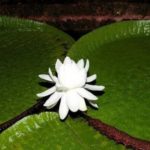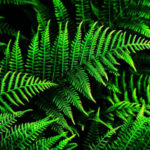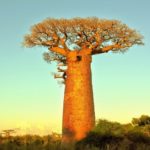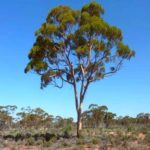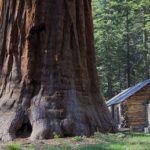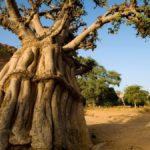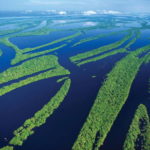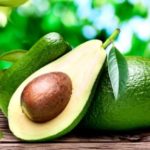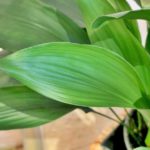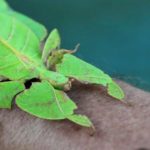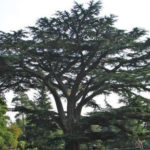15 interesting facts about leaves
 Without leaves there would be no trees, and without trees there would be no oxygen, which means there would be no life on Earth in its usual form. Some trees get rid of leaves for the cold, or, conversely, arid and hot seasons, to reduce the costs of nutrients to maintain them, while others keep them year-round.
Without leaves there would be no trees, and without trees there would be no oxygen, which means there would be no life on Earth in its usual form. Some trees get rid of leaves for the cold, or, conversely, arid and hot seasons, to reduce the costs of nutrients to maintain them, while others keep them year-round.
The widest leaves in the world are those of a giant water lily growing on the Amazon River. They can reach two meters in diameter.
In Chile, a unique goblet plant grows, noteworthy in that it mimics other plants, along which the goblet’s shoots creep up to the sunlight. On one shoot of a goblet, leaves of different colors and different shapes can grow.
Many types of cacti, in addition to needles, have leaves. They usually grow near the base of the plant and spread along the ground.
In some plants, young leaves may be reddish, because they still have little chlorophyll. Growing, the leaves turn green, as they begin to produce more chlorophyll.
Palma raffia – the owner of the longest leaves in the plant kingdom. In length, they can reach 25 meters.
The leaves of the bashful mimosa, having felt even the lightest touch, immediately fold and fall. It is thanks to them that this plant got its name.
In an Indian bilimbi tree, leaves fall down when the tree itself is sleeping.
The tendrils of leguminous plants like beans and peas are also leaves from a botanical point of view.
In some plants, leaves can rotate to receive more sunlight, or, conversely, hide from it to reduce evaporation of moisture.
The needles of conifers and shrubs are also leaves, just such a peculiar shape. They live on average from 6 to 12 years with ordinary spruce, after which they die and are replaced by new ones.
In the world there is such an amazing long-lived plant as velveteen. It can live up to hundreds of years, while it has only two sheets, with which velveteen is inextricably linked. If the leaves are damaged, the plant will inevitably die.
The number of different leaf shapes in different plants is so great that scientists do not even try to calculate it.
Veins, which can be seen in the thickness of the leaf, in their functionality are similar to blood vessels in the human body, only they do not carry blood, but water.
Most of the leaves grow on cypress trees, on an old tree there can be up to 50 million. This is hundreds of times more than on some other trees.
Fern adiantum – the owner of the most fragile leaves in the world, they consist of only one layer of cells. Even a light wind can damage them.
